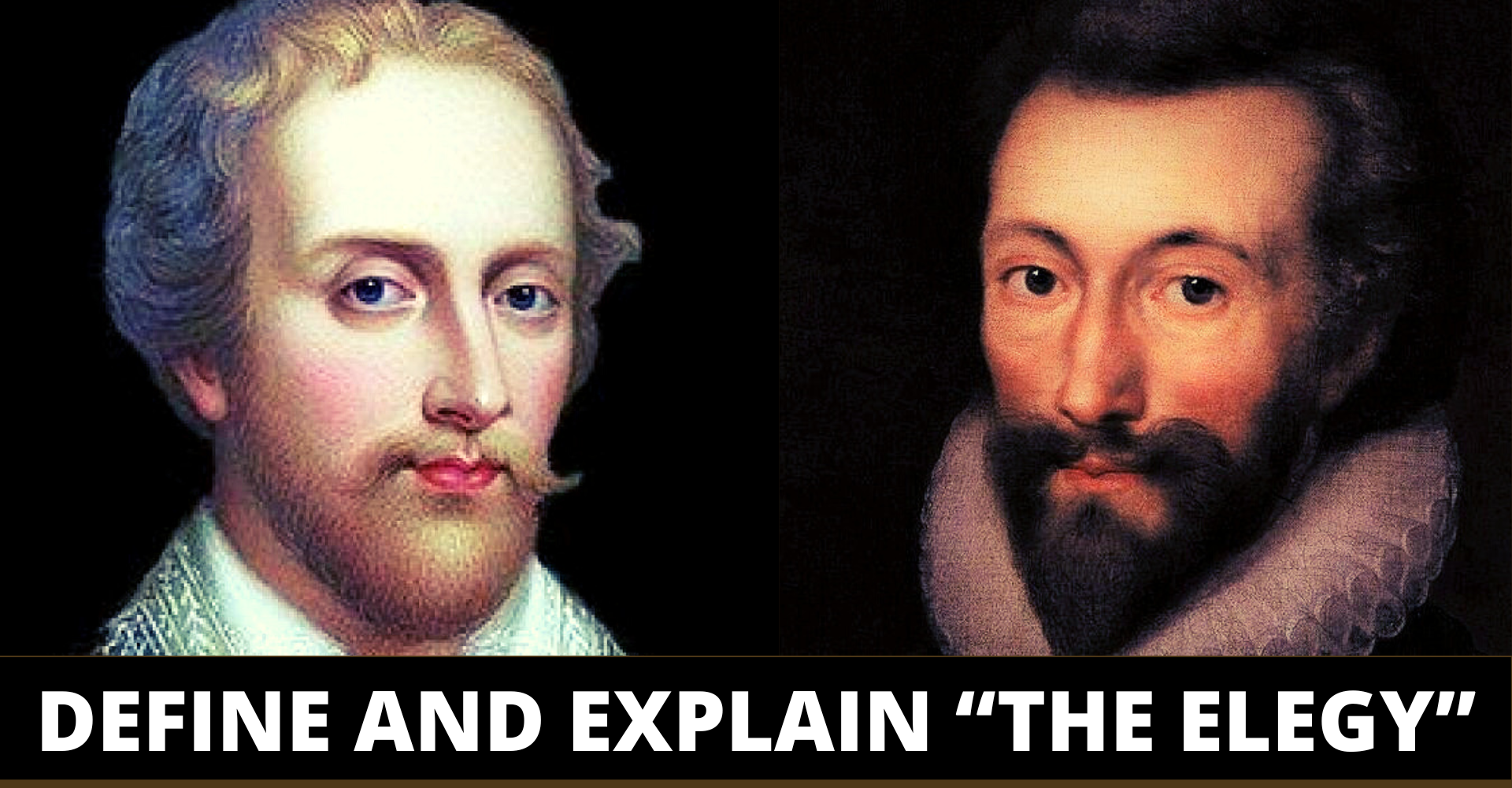An elegy is a special kind of lyric. A lyric expresses the emotions of the poet, and the elegy is an expression of the emotions of sorrow, woe or despair. In short, the elegy is a lament, lyrics of mourning, or an utterance of personal bereavement and sorrow and, therefore, it should be characterized by absolute sincerity of emotion and expression. Says Hodgson, “In common use, it is often restricted to a laments over places, over lost love, over the past, over an individual’s misery or failure; there are laments over departed pet animals, and so forth”.
On the other hand Mathew Arnold’s Rugby Chapel is the poet’s direct pression of grief on the death of his father, and the elegy is characterized by ancerity and intensity of emotion. But from the expression of personal grief, the poet soon passes on to reflect on the sorry fate of humanity, and on the triviality and futility of human life. It thus becomes an embodiment not merely of the melancholy of the poet, but also the pessimism and despair of the age in which he lived. Tennyson’s In Memoriam is a unique elegy in English language. It is a collection of over hundred poignant lyrics, united into a single whole by the poets lament at the death of his college friend Arthur Hallam. But along with the expression of personal grief, there also runs a theology and philosophy, as the poet constantly reflects on the problems of human life and human destiny. The elegy is an epitome of the philosophical and religious thought of the age.
THE PASTORAL ELEGY: The pastoral elegy is a special kind of elegy. The word pastoral comes from the Greek word “pastor” which means “to graze”. Hence pastoral elegy is an elegy in which the poet represents himself as a shepherd mourning the death of a fellow shepherd. The form arose among the ancient Greeks and Theocritus, Bions and Mocherd were its most noted practitioners. In ancient Rome it was used by the Latin poet Vergil. In England, countless pastoral elegies have been written down from the renaissance (16th century) to the present day. Spenser’s Astrophel, Milton’s Lyciadas, Shelley’s Adonais and Arnold’s Thyrsis and Scholar Gipsy, are the most notable examples of pastoral elegy in the English language.
The pastoral elegy is a work of art come up following a particular convention, and using a particular imagery drawn from rural life and rural scenery. Hence it is lacking in that sincerity which should be a marked feature of a poem of personal lament. Hence it was that Dr. Johnson condemned the form as artificial and Unnatural and said, “where there is leisure for fiction there is little grief.”
SPENSER AND DONNE: Following the Renaissance, there was a revival of classical learning. Numerous masterpiece of antiquity were translated into English and were sidely read and enjoyed. Practically, every classical form was attempted. One such form was the elegy. Edmund Spenser is the earliest writer of an elegy in the English language. His Astrophel is an elegy in which the mourns the death of his patron Sir Philip Sidney. Another great writer of elegies is John Donne. He stands at the end of the Elizabethan era. His group of poems entitled Elegies are not elegies at all but love poems in the tradition of the Roman poet Ovid whose work had considerable influenced him. However, he has also left behind him a group of poems entitled Epicedes and Obsequies and the are poems of mourning in the true sense of the word. The group comprises seven elegies written to mourn the death of celebrated contemporaries. They all belong to the middle years of the poet. “These elegies are good working examples of how the resources of the metaphysical technique enable the poet, who probably feels no personal grief, to offer a variety of comfort, appropriate yet original, upon the formal occasion of death: the conceits and analogies are as carefully chosen as acquaintances would now-a-day choose flowers for a wreath”.











